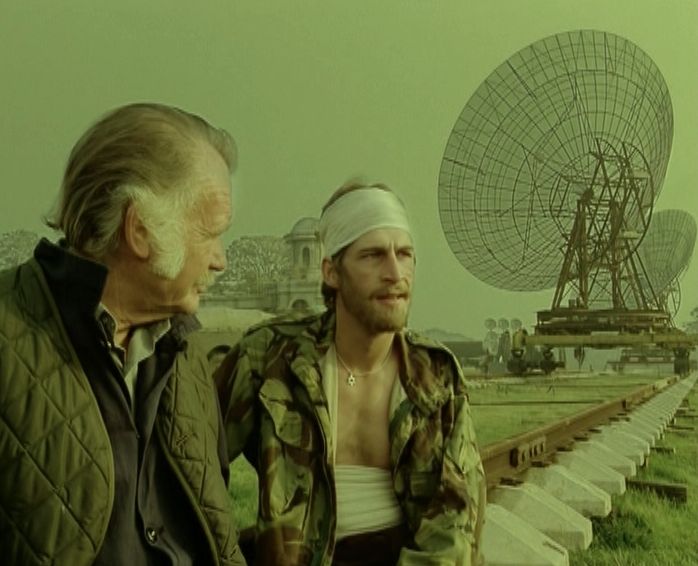After rewatching Euston Films’ 1979 production of Nigel Kneale’s Quatermass a few months ago I mused that it would be nice if Network were able to acquire the rights and release a restored version on BD. And just to prove that wishes do sometimes come true, Quatermass will be released by Network on BD and DVD on the 27th of July 2015. It’s especially welcome since the previous release, long since deleted, was only available on DVD and the picture quality left more than a little to be desired.
Quatermass was an unusual project for British television at the time, due to the fact it was filmed on 35mm. Filmed programmes were becoming more common, but by the late 1970’s they tended to be shot on 16mm. Because Euston wanted to recut the series for theatrical release in the US, it was obviously decided that it was worth investing the extra money to shoot on 35mm stock and that’s very good news. Network have already released several impressive BDs sourced from 16mm material (The Professionals, The Sweeney, Robin of Sherwood) but since this was a 35mm series the resulting PQ will be even better.
Network were able to access the original film elements (the ClearVision release was only sourced from a 16mm print). It’s interesting to compare screen caps from the ClearVision DVD against the Network BD. Greg Bakun’s From The Archive blog has a number of examples and looking at the caps, the colours on the Network BD seem to be very muted compared to the ClearVision DVD.
Having watched the BD in motion I’m now more reassured – it is a less vibrant grade but it suits the nature of the story. Quatermass was a bleak, post-apocalyptic tale so it shouldn’t really look bright and summery (and it’s probable that the ClearVision DVD was over-saturated anyway). Colours on the BD look natural, which is the most important thing.
I’ve already written quite extensively on the programme starting here, so we’ll move on to look at the special features. The key one is the 100 minute movie edit, The Quatermass Conclusion. This basically cuts the running time in half (most of episode three is excised, for example) and it also includes some alternative footage and music. It’s displayed in what I assume was the original theatrical ratio of 1:78:1 and it’s therefore interesting to compare some of the same shots against the 1:33:1 framing of the television series. Possibly Network could have released the series in 1:78:1 as well, but since they’re sticklers to keeping to the original A/R it’s no surprise they didn’t (and it’s the right call, in my opinion).
The Quatermass Conclusion obviously loses some detail and character development, but on its own terms it works very effectively. It’s certainly a very different proposition from the “movie edits” of series such as UFO, which bolted several unconnected episodes together and attempted to paper over the cracks with new incidental music.
Textless titles, (mute) episode recaps and a mute trailer for The Quatermass Conclusion are inessential, but nice to have anyway. The image gallery runs to 2:51 and contains a varied selection of on-set photographs as well as some behind the scenes pictures. Music only tracks across all four episodes are a very welcome extra as is the thirty-six page booklet of production notes by Andrew Pixley. As might be expected, Pixley has been able to unearth a wealth of fascinating production detail.
The bleak tone of Quatermass might not be to everybody’s tastes but I’m glad that it’s finally back in circulation (and with such good picture quality) so that people can experience it for themselves. A few more special features (commentaries, documentaries) would have been welcome but it’s still a very decent package at a good price (especially when ordered direct from Network) and is warmly recommended.








